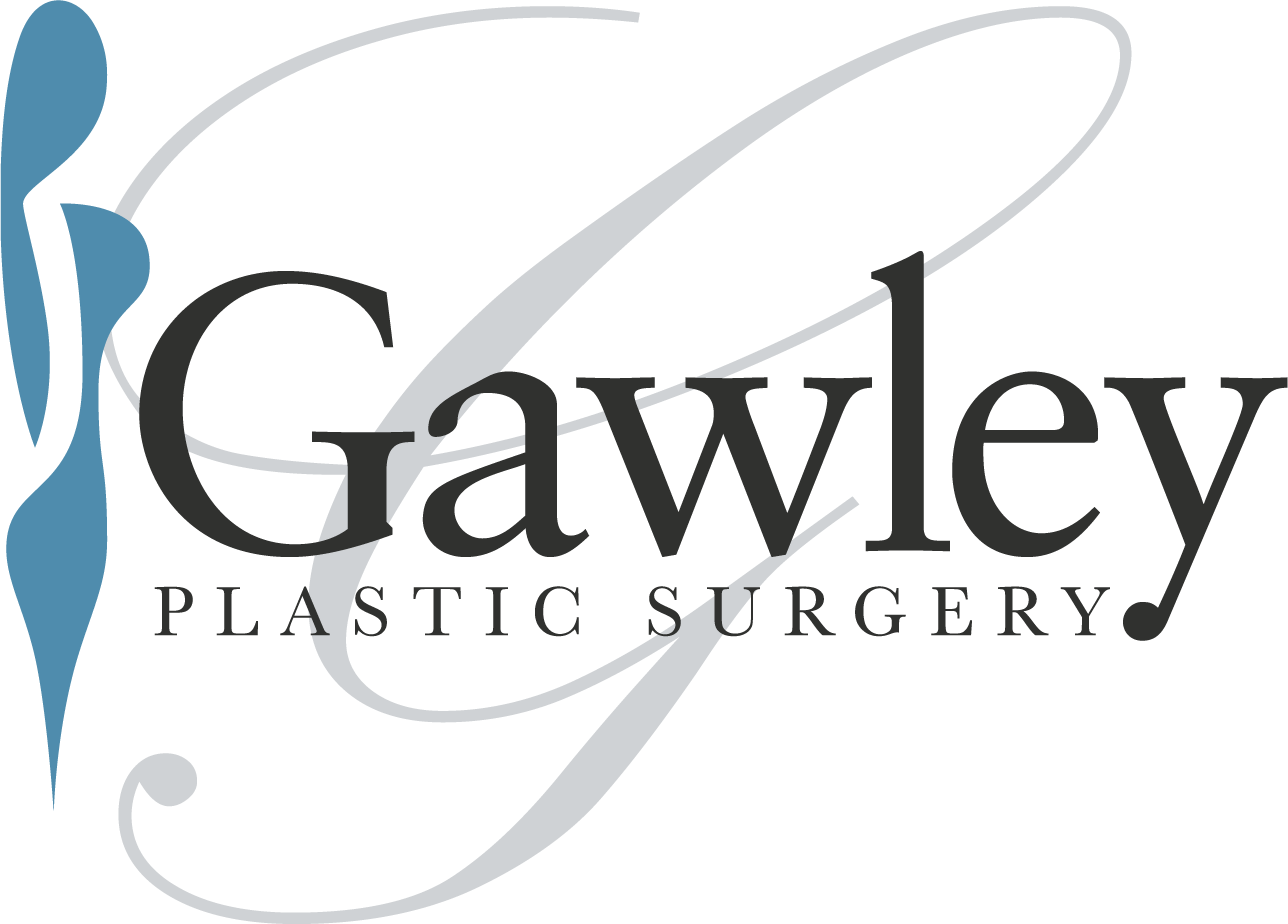Has age taken its toll on your face, causing sagging skin, deep creases, and loss of skin tone? If so, a facelift may be able to help. A facelift can improve visible signs of aging in the face and neck, turning back the hands of time. Our surgeons at Gawley Plastic Surgery are an expert in both traditional and endoscopic facelifts. Read on to learn more about the differences between these techniques.
Traditional Facelift
A traditional facelift is done to address the lower two-thirds of the face and neck. Excess skin and fat is removed, and muscles are tightened. This procedure can also address creases below the eyes, and creases around the mouth. Incisions are hidden along the hairline, so patients do not have to worry about large scars.
Endoscopic Facelift
An endoscopic facelift is minimally invasive, leaving behind virtually no scarring. Tiny incisions are used, and a mini camera is placed into the incisions to allow the surgeon to see his movements on a large screen. This allows the doctor to lift the cheeks and upper face without visible incisions. Sagging brows, frown lines, sagging cheeks, lines around the mouth, and jowls can be corrected.
Mini Facelift
Although our surgeons do not recommend the mini facelift due to short-lasting results, he will make an exception for those who fully understand the limitations. A mini-facelift is often advertised as a “lunchtime lift” due to its short procedural time, though it does not offer results comparable to those of the traditional and endoscopic lifts.
Oftentimes, a facelift is done in conjunction with a brow lift or eyelid surgery for optimal results. Although a facelift can rejuvenate your appearance, it does not stop the aging process.
A consultation with one of our surgeons can help determine if you are a good candidate for a facelift. If you are interested in a facelift in Scottsdale, contact us today to schedule a consultation.
